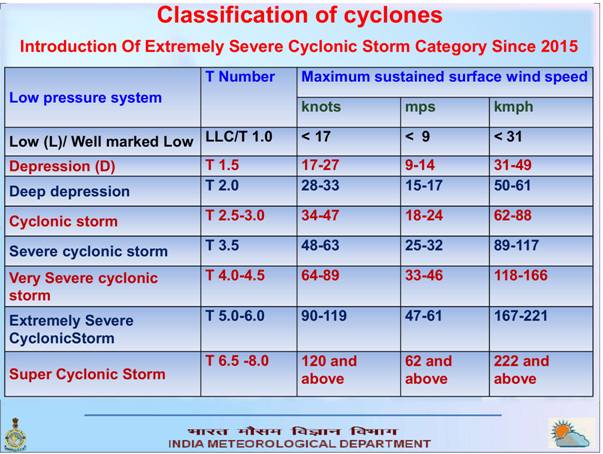

 EM Reporter
EM Reporter

Cyclones are multi-hazardous in nature and thus they cause heavy rain, strong winds and storm surge over the affected region simultaneously and in its wake the associated property loss can be huge.
This can be in the form of damage to houses and roads, farms and agriculture lands, public infrastructure, and power and telecommunication lines, adding to the overall economic burden for the affected families, local administrations and state governments.
India Meteorological Department (IMD) organized the on-line pre-cyclone exercise meeting on 6th October under the chairmanship of Dr.Mrutyunjay Mohapatra, Director General of Meteorology (DGM), IMD to review the preparedness, take stock of requirements, plan for the cyclone season October-December, 2020 and share new initiatives by IMD with stake holders.
The meeting was participated by experts from IMD, National Centre for Medium Range Weather Forecasting (NCMRWF), Indian Air Force (IAF), Indian Navy (IN), Central Water Commission (CWC), India Institute of Technology (IIT) Delhi, Indian National Centre for Ocean Information Services (INCOIS), National Disaster Management Agency (NDMA), National Disaster Response Force (NDRF), Deptt. of Fisheries, Punctuality Cell, Indian Railways and Central Water Commission (CWC).
DG, IMD in his opening address touched upon various issues from forecasting to last mile connectivity and discussed the areas that require improvement. He informed the participants that IMD has achieved significant improvement in track, landfall, intensity and adverse weather including heavy rainfall, strong wind and storm surge forecast.
He informed that during ensuing cyclone season IMD will start interactive display system for observed and forecast cyclone track and intensity on GIS platform.
He also informed the stake holders about various mobile apps launched by IMD including Damini for lightning forecast, Mausam & Umang for weather forecast including cyclone warning and Meghdoot for agrometeorological advisories.

With improved technology and increased use of satellite-guided data in recent years, IMD has managed to better cyclones forecast and issue timely warnings.Advance and accurate cyclone predictions, combined with efforts from disaster management agencies, have also significantly contributed in bringing down the cyclone mortality rate over the years.
The post-monsoon months of October and November offer the favourable atmosphere and sea conditions for the occurrence of cyclonic storms, which mainly affect coastal Andhra Pradesh, Odisha and West Bengal in east coast and Gujarat in west coast.